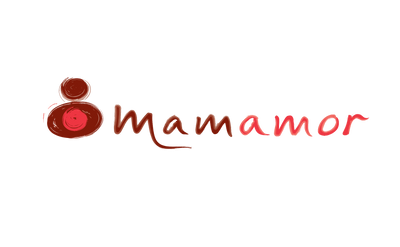Talking Testicles and Vulvas. 5 Tips to speak the truth

I have to say I dread the day when I get called aside at the school gate to be told that my five year old has been telling his friends about vulva and testicles. I dread this not because I am embarrassed that my child knows these words, but because I can bet that tongues will wag when I explain that yes, it was me, I taught him those words. I taught him those words alongside many other words, words such as elbow and toenail and eyelash and hip. I taught him those words because at some point we need to break this cycle of shame about our bodies, because shame serves only to silence and silencing children about their bodies sets a dangerous precedent.
I will come clean here and admit that, before I had my children, I worked as a high school Sex and Relationships teacher. I totally understand that this topic is a little easier for me to negotiate than it may be for other parents, but stick with me on this one, let’s give it a go.
Knowing your labia from your la-la and other tips.
- First of all you’ve got to do the work here mama. You’ve got to lead. Whenever I met a new class of eleven year olds in September, in their shiny shoes and too-long sweatshirts, the first thing I did with them, was to spend a whole lesson demystifying language. That literally meant getting the kids to repeat over and over again until the words became just sound, just words like any other. We whispered them, shouted them, sang them, chanted them… until every child in that class could do it with no qualms or giggles. Start today, start in the shower where you won’t be heard and forget about your Minnies, your Willies and your Foo-Foos, and start getting your head round your vaginas, your penises and your scrotums.
- Make sure you know what you’re talking about. Sounds silly, you’re a full grown adult, right? But using the wrong word kind of defeats the purpose. So familiarise with those diagrams you last saw in high-school biology and ensure you are giving your kids the right tools. An all too common mistake is the overuse of the word vagina. Vaginas are brilliant, they truly are, but if we are going to teach our children the correct terms, we may as well tell them the full story – vaginas are inside and vulvas are out. Give them the full set. Good luck with the vulvas by the way, for a while my car-crazy boys thought I had a Volvo in my knickers, which would be quite a feat.
- Do it now, don’t wait until they are teenagers, because by then your family’s chosen term will be so ingrained that it will make the job a whole lot harder. My own mother couldn’t even bring herself to say the word period, or sanitary pad or tampon when I started my periods. I was simply told that I should “be using those things in the top cupboard,” and left to it, emphasising to my 13 year old self just how awful, embarrassing and dirty it was to be a woman and be bleeding.
- Use books. Books are great. They are way better than the internet for this kind of thing because they encourage interaction between parent and child. But, heed my words, choose your books wisely. Back in the early 80s I was handed a copy of The Body Book by famous British TV nurse, Claire Rayner. The book breezily introduced all kinds of bodily function – eating, going to the toilet, breathing, oh and making babies. No doubt my (as previously established) somewhat conservative mother felt that this book would save her a few years’ worth of awkward conversations and it was indeed a popular choice for British families, but it has one huge flaw. On the page where mummy and daddy are having their “special cuddle” Mrs Rayner explains all about how a man’s penis goes hard (all good so far), the penis, she explains, needs to go hard, in order to be able to go inside the woman’s “baby-making hole.” Yes, men have a penis, women have a “baby-making hole.” This is a part of a long tradition of girls and women being made to feel disproportionately ashamed of their sexual organs as compared to men and boys and this is not something any parent wants to advocate, surely. So yes, check out the books before you buy. A big hit in our house has been “It’s not the Stork,” by Robie Harris.
- Buy dolls (for your sons and daughters) which naturally start these conversations. If you are looking to buy a plastic baby doll look out for anatomically correct ones and if your budget stretches get a girl one and a boy one. Your child’s curious mind will naturally chat about the differences between them and a conversation will be easy and unforced. MamAmor dolls are also a wonderful way to open up discussions, with the bonus of not just being able to talk about the correct terms but also their natural biological uses as well.
Good luck and relax, it’s just words.
Victoria Machin- UK




